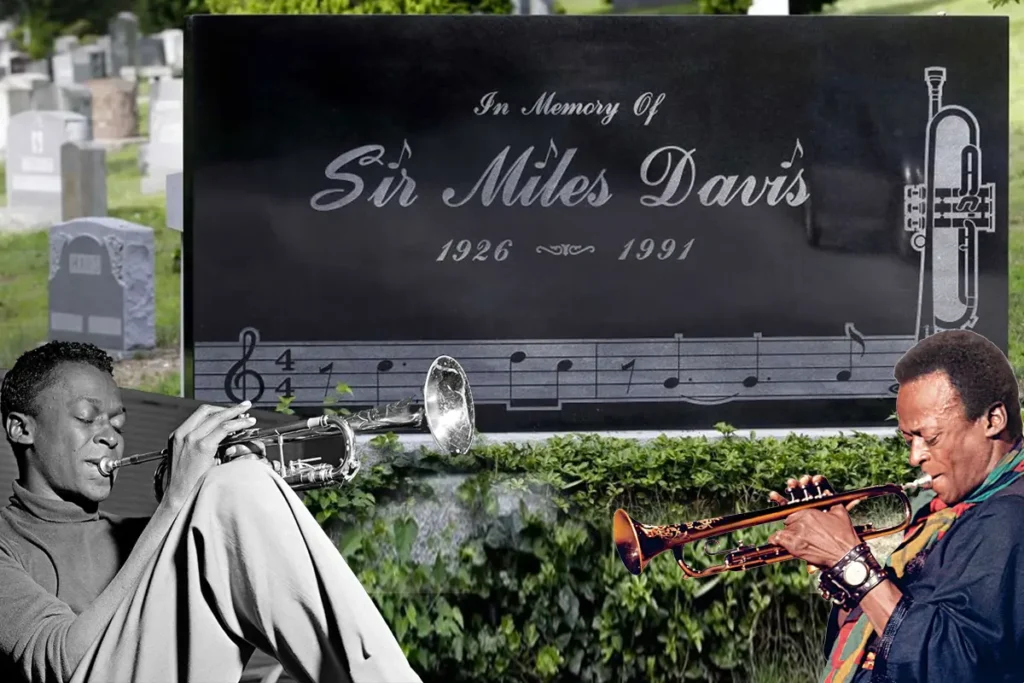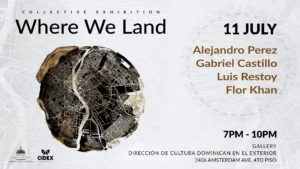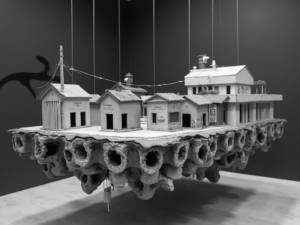By Juan Butten
Since I moved to New York, I have always wanted to visit the grave of Miles Davis, just like other fans of his music. For me, placing a stone on his grave is a meaningful gesture, similar to bringing flowers. Laying a stone is a tribute to the deceased and leaves a mark of someone’s visit. For this reason, I decided to do it.
From a young age, thanks to my mother, I was introduced to jazz and developed a deep love for music. When I was eight or nine years old, she bought me a trumpet after I told her I wanted to learn to play it, probably hoping that one day I could play like Miles Davis on his favorite album, “Kind of Blue.” Since then, jazz music has been a part of my life, a legacy that connects me to that “Prince of Darkness” who revolutionized the genre.
For months, I had told my son, who is also a musician, that I wanted to take him to Miles Davis’s grave. However, due to work issues, we hadn’t been able to go. Today, I decided to go alone, intending to place his album “Kind of Blue” on his grave and try to imagine how that masterpiece was created.
I left early from Brooklyn on a secret mission: to pay tribute to a musician I sadly never saw perform live, but who left an impressive artistic legacy. Miles Davis was born on May 26, 1926, in Alton, Illinois, and passed away on September 28, 1991, in Santa Monica, California. After his death, his remains were buried in Woodlawn Cemetery, located in the Bronx, a place that houses the graves of many prominent figures in culture and music.
Woodlawn Cemetery, founded in 1863, is an iconic space that combines history and art, considered an outdoor sculpture garden. It is the final resting place of personalities like Duke Ellington, Celia Cruz, and John Coltrane, making it a pilgrimage site for jazz lovers.
Miles Davis’s grave is situated in a tranquil location, surrounded by trees and an atmosphere of reflection. His headstone, although simple, stands out for its elegance, capturing the essence of the artist. It bears inscriptions that evoke his impact on the music world, reminding everyone of his unparalleled contribution to jazz.
Every year, admirers and musicians visit his grave to pay homage to his legacy. The site becomes a meeting point where stories are shared, melodies are played, and the life of an artist who broke barriers and challenged conventions is celebrated. In the context of the Bronx, a neighborhood known for its rich musical heritage, Davis’s grave is a reminder of the power of jazz as a form of expression and resistance.
Miles Davis not only left a mark on music; he also opened doors for future generations of artists. His work on iconic albums like “Kind of Blue” and “Bitches Brew” continues to be studied and admired. Thus, his grave in the Bronx is not just a final resting place, but a symbol of the enduring influence that his art exerts on the world.
Visiting Miles Davis’s grave at Woodlawn Cemetery is a journey to the essence of jazz and a tribute to one of its greatest exponents. In doing so, I can feel the vibrations of his music in the air and remember that, although his life has ended, his musical legacy continues to live on in every note.









